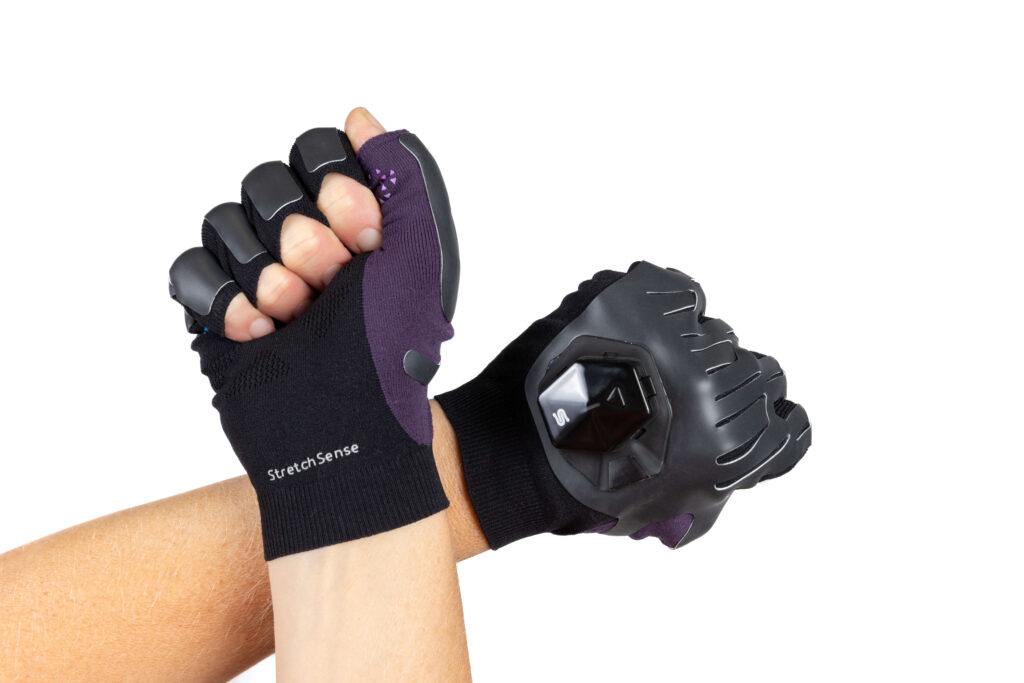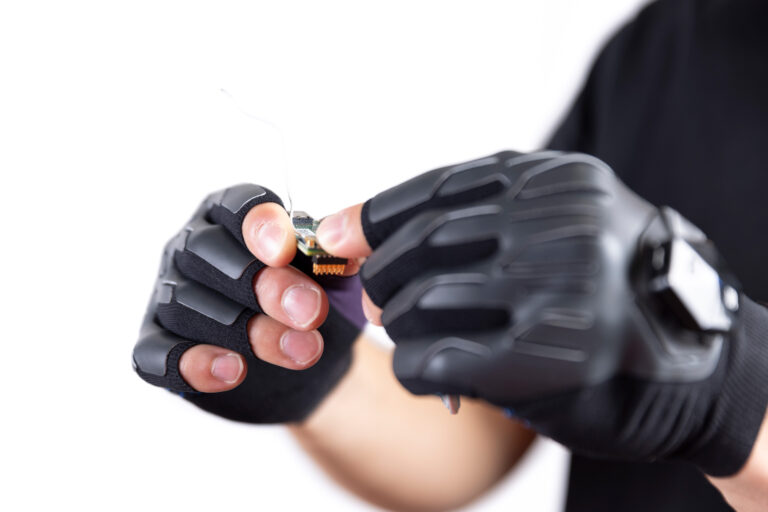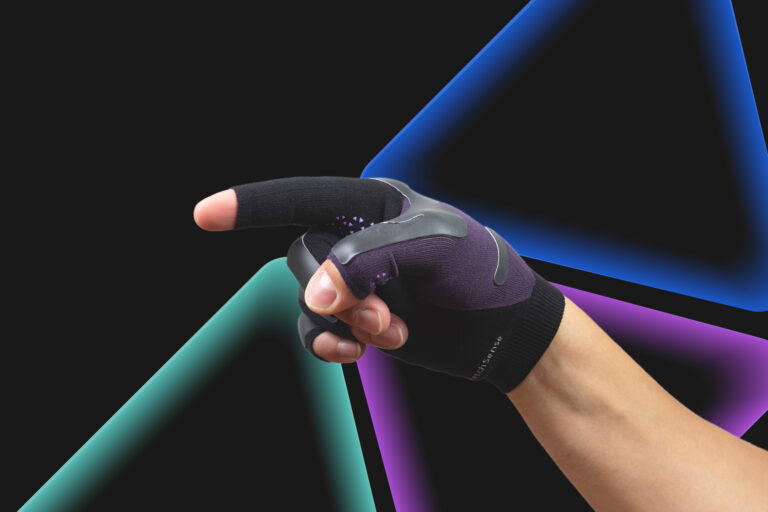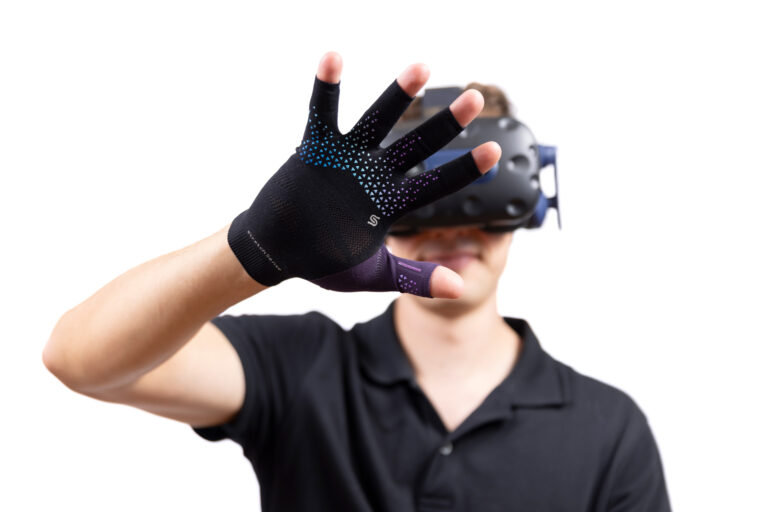When people talk about “immersive technology,” they usually mean what they can see and hear. And to be fair, we’ve made huge progress there with lighter headsets, sharper displays and advancements in spatial audio. But ask anyone who’s tried to use their hands in VR and you’ll quickly find out what’s missing. Real interaction doesn’t happen through cameras or buttons. It happens with your hands.
As someone who’s worked in XR product development for a while—and as a dad with two digital native young kids—I think a lot about what the future should look like. But not the far-off future. I mean the next few years. The tools we’re building now are going to shape how people learn, train, and play. And there’s a ton of room for improvement. But optical tracking is good enough, right?
Right now, most headsets rely on optical hand tracking. It’s convenient. You wave your hands in front of the headset, and it more or less figures out what your fingers are doing. But “more or less” isn’t good enough when it comes to actual immersion—especially for training, or anything where you need to do precise tasks with your hands.
- Line of sight is a constant issue. Move your hands too close together or turn them the wrong way, and the tracking drops out.
- There’s still lag. That might not matter much when scrolling a menu, but in a training scenario, even a half-second delay affects performance.
- It’s not always accurate. Optical systems have to guess what hands are doing when they can’t see them, and those guesses can be wrong.
These aren’t just minor bugs—they break the sense of realism. And in training environments, they create risk. If you’re teaching someone to suture a wound or operate machinery, and the tech is misrepresenting their actions, that’s a real problem.
That’s why we built the Reality Glove.
Gloves, especially stretch sensor-based ones like ours at StretchSense, offer a huge leap forward. They don’t rely on cameras. They track what your fingers are actually doing—every bend and flex is based on the movement of the hand itself.
I won’t pretend our gloves are perfect yet, we’re not for every use-case. We’re still working on things like:
- Standardization. Outside of SteamVR there’s no universal plug-and-play system yet. Developers often have to integrate our solution into their experience.
- Haptics. Our confirmatory haptics are already helping users feel feedback in key moments—allowing them to interact with confidence. But we’re just scratching the surface. Simulating true pressure, texture, or resistance is still a frontier we’re excited to push further.
- Comfort and form factor. We’ve made our gloves as lightweight and breathable as we can, but by doing this there’s a tradeoff between performance and wearability.
On the plus side, these gloves are built to take a beating. People drop them, sweat in them, cram them into backpacks—and they keep on working. We designed them to be tough, because in the real world, gear gets knocked around. And they’re washable. Being able to rinse out the grime after an intense day of training is a small but necessary win.
When realism breaks, learning stops.
Immersion isn’t just about entertainment. It’s about focus. When someone is immersed, they’re not thinking about the tech. They’re fully engaged in the task, whether that’s learning to triage a patient, practicing a maintenance procedure, or running a tactical scenario.
That’s where gloves shine. They don’t interrupt the experience. They let people act naturally. And that opens the door to better muscle memory, faster learning, and skills that carry over into the real world.
Thinking about the next generation.
My kids are still little, but they’re growing up in a world where VR and AR will be the norm. For them, interacting in virtual spaces will be as natural as using a touchscreen. I want that world to feel intuitive—not clunky or awkward. I want them to reach into a virtual scene and do something with their hands, not adapt to a control scheme that isn’t fit for purpose.
If we want XR to live up to its promise—not just for entertainment, but for training, learning, collaboration—we have to build interfaces that disappear. Gloves won’t be the end of the story, but they’re a critical step in the right direction.
We’re getting closer. And when I watch people put on our gloves, forget about the tech and just focus on the task, I know we’re building something useful. Not just for today’s training environments. But for the world our kids will grow into, where using your hands in XR will be as natural as swiping a screen.



